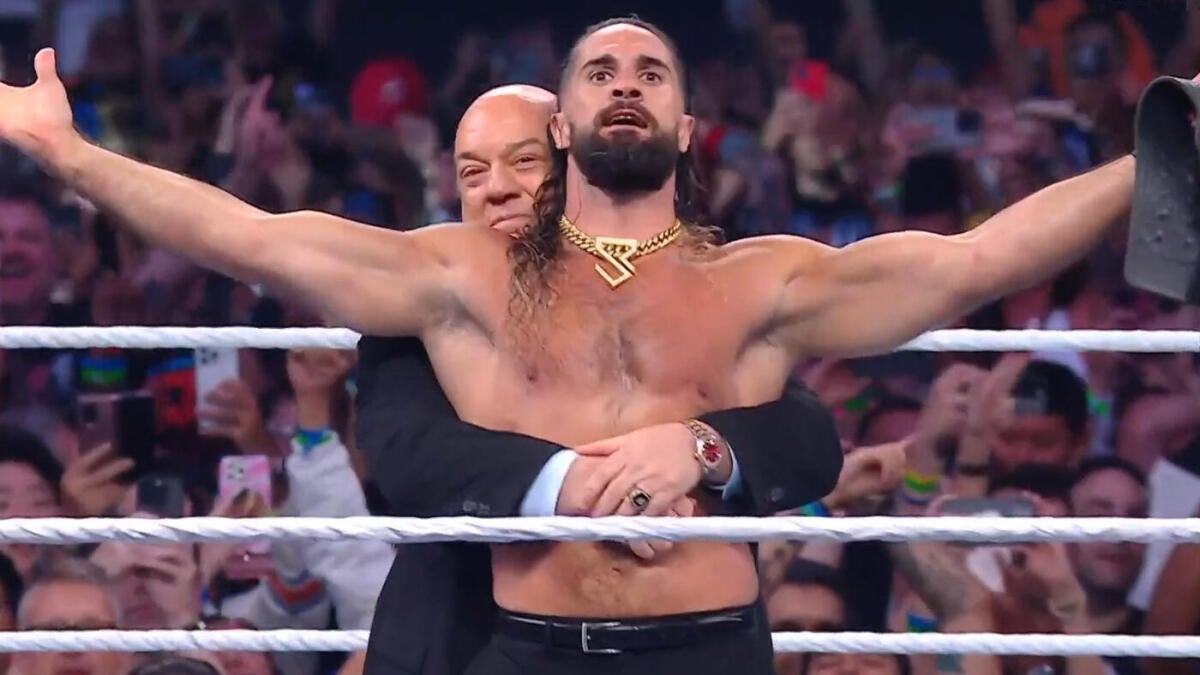The Rise of Sustainable Fashion: A Paradigm Shift in the Fashion Industry
—
Introduction: A Fashion Revolution
The fashion industry, once synonymous with fast trends and disposable clothing, is undergoing a profound transformation. Sustainable fashion, once a niche concept, has emerged as a global movement reshaping consumer behavior, business practices, and environmental consciousness. This shift is not merely a trend but a necessary evolution driven by environmental crises, ethical concerns, and a growing demand for transparency. As consumers become more informed and socially responsible, brands are compelled to rethink their production processes, supply chains, and long-term sustainability goals. This report explores the rise of sustainable fashion, its impact on the industry, and the challenges and opportunities it presents.
—
The Environmental Imperative
The Dark Side of Fast Fashion
The fashion industry is one of the most polluting sectors globally, contributing to approximately 10% of global carbon emissions. Fast fashion, characterized by rapid production cycles and low-cost, disposable clothing, has exacerbated environmental degradation. The industry’s reliance on synthetic materials, excessive water usage, and chemical dyes has led to severe ecological consequences, including water pollution, soil degradation, and microplastic contamination in oceans.
The Circular Economy Model
Sustainable fashion advocates for a circular economy, where waste is minimized, and resources are continuously recycled. Brands are increasingly adopting practices such as upcycling, zero-waste pattern cutting, and the use of biodegradable materials. Innovations like recycled polyester, organic cotton, and plant-based dyes are gaining traction, reducing the industry’s environmental footprint.
—
Ethical Consumption and Consumer Awareness
The Power of the Conscious Consumer
Modern consumers are more informed and discerning than ever before. Social media, documentaries, and advocacy campaigns have shed light on the unethical practices within the fashion industry, such as exploitative labor conditions and unfair wages. As a result, consumers are demanding greater transparency and ethical accountability from brands. They are willing to pay a premium for products that align with their values, prioritizing sustainability, fair trade, and ethical sourcing.
The Role of Influencers and Advocacy
Influencers and activists play a crucial role in promoting sustainable fashion. Figures like Livia Firth, founder of the Green Carpet Challenge, and brands like Patagonia and Stella McCartney have championed ethical fashion, inspiring millions to adopt more responsible consumption habits. Social media platforms have become powerful tools for raising awareness and driving change.
—
Industry Responses and Innovations
Brand Initiatives and Commitments
Many fashion brands have responded to the sustainability movement by setting ambitious goals, such as achieving carbon neutrality, eliminating single-use plastics, and sourcing 100% sustainable materials. Companies like H&M, Zara, and Levi’s have launched sustainability initiatives, though critics argue that these efforts are often superficial or greenwashing attempts. True sustainability requires systemic change, not just marketing campaigns.
Technological Advancements
Technology is playing a pivotal role in advancing sustainable fashion. Innovations such as 3D printing, AI-driven design, and blockchain for supply chain transparency are revolutionizing the industry. These technologies enable brands to reduce waste, optimize production, and ensure ethical sourcing. Additionally, digital fashion and virtual try-ons are reducing the need for physical samples, further minimizing environmental impact.
—
Challenges and Barriers
Economic and Logistical Hurdles
Transitioning to sustainable practices is costly and complex. Small and medium-sized enterprises (SMEs) often lack the resources to implement sustainable initiatives, while larger corporations face resistance from investors and shareholders focused on short-term profits. Additionally, the global nature of the fashion supply chain makes it difficult to enforce ethical standards across all production stages.
Consumer Behavior and Perceptions
Despite growing awareness, many consumers still prioritize affordability and convenience over sustainability. The perception that sustainable fashion is expensive or less stylish persists, hindering widespread adoption. Educating consumers about the long-term benefits of sustainable fashion remains a significant challenge.
—
The Future of Sustainable Fashion
Policy and Regulatory Changes
Governments and international organizations are increasingly recognizing the need for regulatory measures to promote sustainability. Policies such as extended producer responsibility (EPR), bans on single-use plastics, and incentives for sustainable practices are being implemented worldwide. These measures will drive the industry toward greater accountability and transparency.
Collaboration and Collective Action
The future of sustainable fashion lies in collaboration. Brands, policymakers, consumers, and NGOs must work together to create a more sustainable and equitable fashion ecosystem. Initiatives like the Fashion Pact and the Sustainable Apparel Coalition are fostering industry-wide collaboration, setting standards, and driving collective action.
—
Conclusion: A Call to Action
The rise of sustainable fashion is not just a trend but a necessity. The fashion industry stands at a crossroads, where the choices made today will determine its future. While challenges remain, the momentum toward sustainability is undeniable. Consumers, brands, and policymakers must continue to push for systemic change, ensuring that fashion becomes a force for good rather than a contributor to environmental and social crises. The time for action is now—every stitch, every purchase, and every policy decision matters in shaping a more sustainable and ethical fashion industry.











